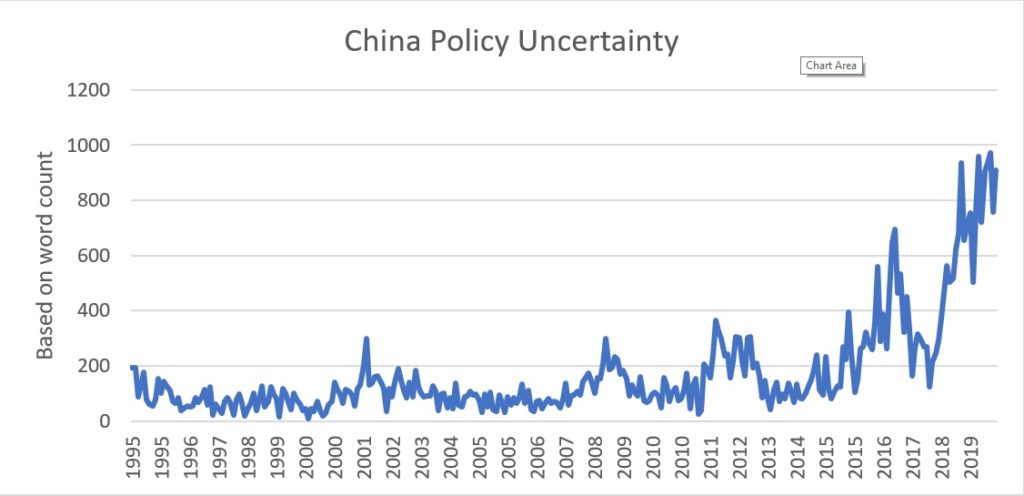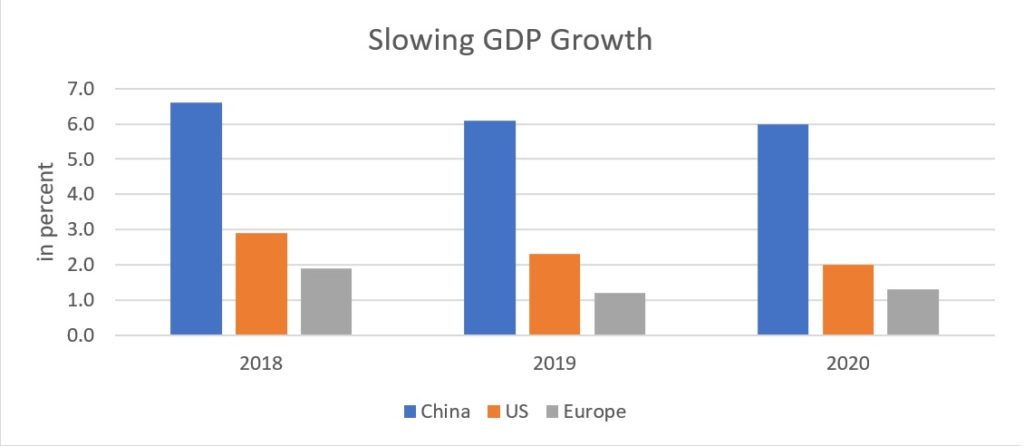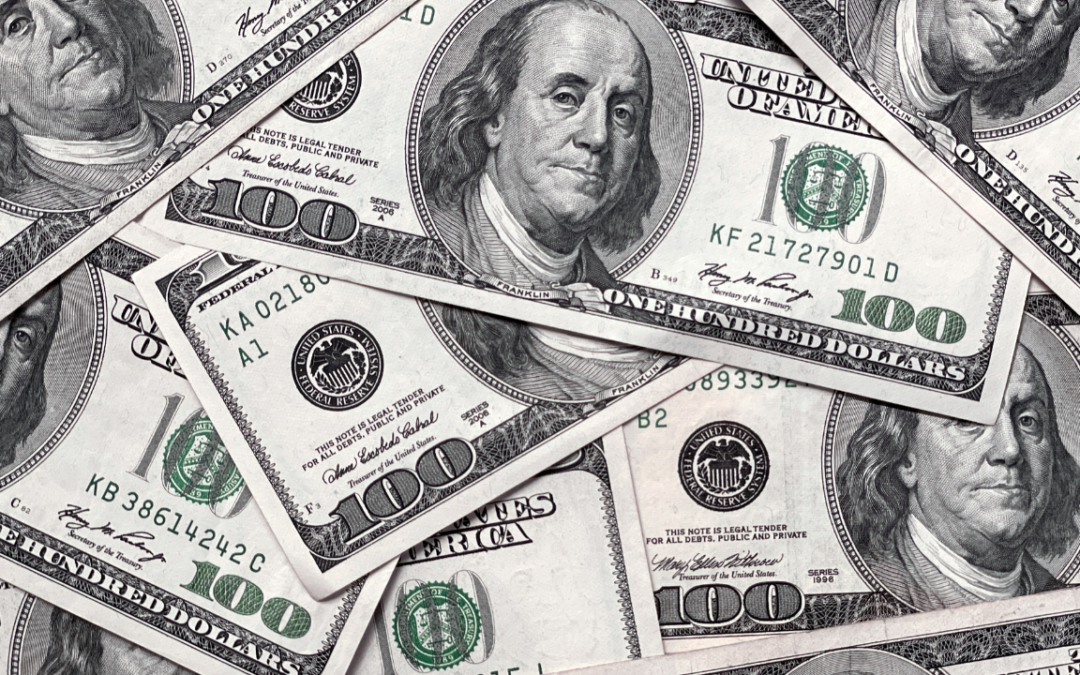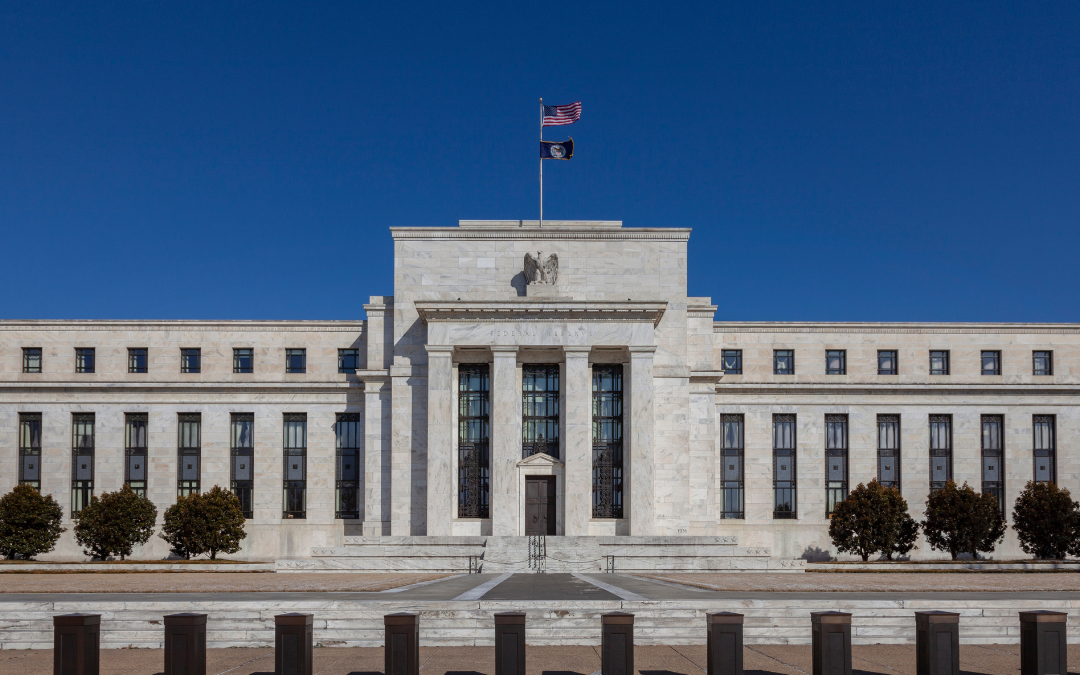Occasionally, the arrival of something unusual provides an opportunity to dispel lazy thinking about how things really work. The unusual is the coronavirus. The lazy thinking has to do with how stocks and bonds interact.
This undoubtedly seems like an odd connection, but it can help clarify some important points about markets that, pardon the pun, ought to go viral.
To begin, we note that equity markets have had a shaky few days, dropping before recovering. Equity volatility has spiked. For many bond investors, the stock market’s jitters seemed overdue. After all, bond yields have dropped steadily since the start of year, often an ominous sign of weaker growth ahead.
Among financial market participants, it is commonly believed that bond market moves anticipate stock market performance. Why should this be? All investors receive the same information at the same time. It would be strange if pertinent information would be systematically disregarded by one class of investors and not another. If bond investors had a better knack of anticipating future economic outcomes, clever equity investors would take note and arbitrage – at enormous profit – any discrepancy between markets.
That is not to say, however, that stock and bond markets must move in lockstep. Sometimes stock markets rise when bond yields fall, other times equity prices fall in tandem with bond yields. That is not irrational.
Rather, the key is what is behind the move in yields.
For instance, an expected slowing of economic growth will lead to both lower bond yields and lower stock prices. Yet in other circumstances, falling bond yields can increase the relative attractiveness of equities, lifting the stock market. Bond yields may fall if the central bank cuts short-term interest rates, but that same easing could signal stronger future growth and profits, a positive for the stock market. And as the post 2009 period underscored, when monetary policy is extremely aggressive and yields fall to record lows, investors tend to increase their exposure to stocks in a search for more yield, driving up share prices. Alternatively, falling bond yields could also reflect declining risks of runaway inflation, heralding a more stable period of future growth, a plus for equity markets.
In short, the correlation between bond and stock prices is not constant. It depends on what is driving investor perceptions of what the future looks like. Which brings us to the question posed at the top: what are recent movements in bond yields and stock prices telling us about the future?
In the first few weeks of 2020 falling bond yields coincided with rising stock markets. The implication was that investors’ perceptions about growth were not changing much, which was borne out by the income economic data. Similarly, inflation expectations were largely unchanged. On the other hand, two major central banks — the European Central Bank and the Bank of England — had signaled a desire to pursue easier monetary policies. Bond yields drifted lower in the first weeks of 2020 in anticipation of monetary easing, but equity investors had little to fear in the way of tangible signs of slowing growth.
And then the coronavirus appeared.
Lately, bond yields and stock prices gyrated in the same direction. Investors are trying to assess whether the coronavirus will be the catalyst for weaker growth. That’s not unrealistic. Uncertainty, which is already elevated (Chart 1), could slow spending by businesses and households. Also, global growth (Chart 2) will weaken further if the Chinese and other governments adopt stringent measures to curb the movement of people and goods in an effort to contain the spread of the virus.


At this point, it is impossible to conclude whether the coronavirus will pose a real (direct or indirect) threat to global growth, and hence whether stock prices and bond yields will fall significantly further. Let’s hope not. But the arrival of the coronavirus does help us think a bit more clearly about how information helps determine asset prices.
Wouldn’t it be nice if clear thinking could go viral?



